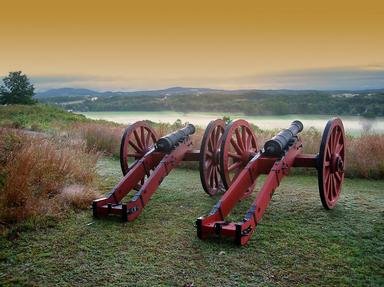Quiz Answer Key and Fun Facts
1. John C. Fremont, Nathaniel Lyon's successor as military commander of the West, did something in 1861 that caused Lincoln much grief. What was it?
2. Ulysses S. Grant fought a sharp battle in southeastern Missouri in November 1861. Where was this battle?
3. The following three Confederate leaders fought in Missouri except:
4. William C. Quantrill and his men sacked Lawrence, Kansas, in August 1863, partially in retaliation for this event.
5. Union General Ewing issued General Order 11 in retaliation for the Lawrence sacking and massacre. What did this order do?
6. William Anderson was one of Quantrill's lieutenants. What was his nickname?
7. What incident makes guerilla chieftain William Anderson notorious in Missouri history?
8. When Sterling Price invaded Missouri in 1864, at what place did Union forces defeat him decisively?
9. What is the Missouri Civil War connection to Frank and Jesse James?
10. What high-ranking Civil War general is buried in St. Louis' Cavalry Cemetery?
Source: Author
BigMoStl
This quiz was reviewed by FunTrivia editor
bloomsby before going online.
Any errors found in FunTrivia content are routinely corrected through our feedback system.


